The original was taken from a colleague of oleggranovsky in a new generation of Israeli UAVs
On 04/03/25, a large article was published on the Mako website, "Pressing a button is an attack. A new generation of Israeli UAVs." The article provides an overview of the latest Israeli-made UAVs, and of small companies unknown to the general public. Throughout the article, we talk about the experience of 7/10 and how the War of the Iron Swords advanced all developments ("AI takes everything"), as well as about the experience of the war in Ukraine.
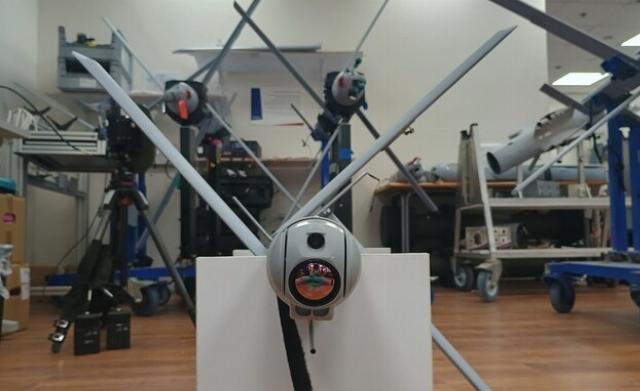
The article contains a brief history of the emergence of modern UAVs in Israel, starting with the War of Attrition (1967-1970), I once wrote about it in the articles "Unmanned aerial vehicles" and "UAV units" . Next, we will talk about modern small UAVs, the introduction of which in the AOI began with the Rohev Shamaim (Skylark-1) in 2010 and the rapid development of the topic in the last 10 years (2015-2025). Miniaturization, a sharp increase in the computing capabilities of the UAVs themselves, and as a result, a sharp increase in the level of automation of all processes. Open source online, free and cheap components, which simplifies the development of small teams.
Uvision Company and HERO family barrage ammunition
The article begins with an example of uVision's HERO barrage ammunition (UAV-kamikaze). I wrote about this in 2019 in the article "uVision Air Ltd and the HERO family of attack UAVs" . Currently, the company's website describes 6 variants of the Hero with indexes 30, 90, 120, 400, 900 and 1250, the index roughly reflects the take-off weight multiplied by ten. That is, the Hero 30 weighs 3.9 kg (warhead - 0.5 kg), Hero 1250 - 155 kg (warhead - 50 kg). The most popular is the Hero 120 weighing 14.5 kg. Its 4.5kg warhead allows it to attack a wide range of targets - in open areas, in buildings, and armored vehicles.
Hero automatically enters a given area, then hovers over it, transmitting a picture to the operator. When a target is detected, it swoops towards it at a speed of 200 km / h, while the engine can be turned off to reduce noise and achieve greater surprise. If, when approaching the target, the operator realizes that an attack is not required (the target has not been correctly identified or has already been disabled or it is a false target), it is possible to exit the dive, turn on the engine and start a new search.
The company supplies its ammunition (in the internal jargon "Tsiporim", i.e. "Birds") to the armies of 19 countries around the world. Deliveries to customers have already totaled thousands of units. Smaller samples are launched from a TPC, from the shoulder like an RPG or from something resembling an MLRS. Larger samples are from catapults, like some types of UAVs. In the future, it is possible to launch combat helicopters (instead of ATGMs) or from larger UAVs.
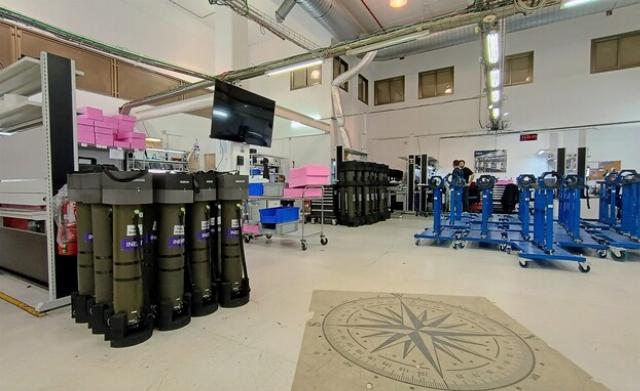
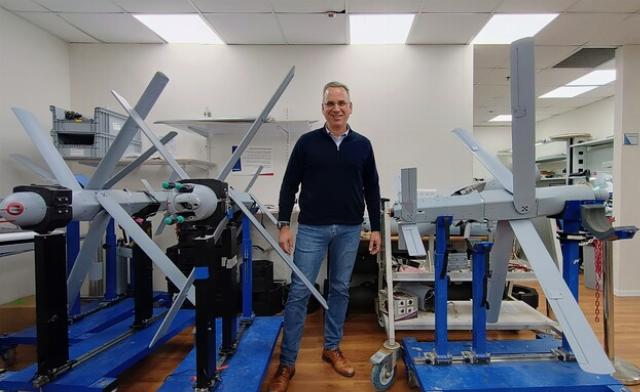
Colugo and its UAVs
The next company is Colugo. I also wrote about it, in 2021, in the article "Colugo systems and its development UAVs." It is engaged in UAVs of the ARC vertical take-off and landing (VTOL) family, i.e. UAV and multicopter hybrids. Plans for the future include the creation of full-fledged flying vehicles for the needs of ambulances, agricultural, police, logistics within organizations, etc. But there are also military applications.
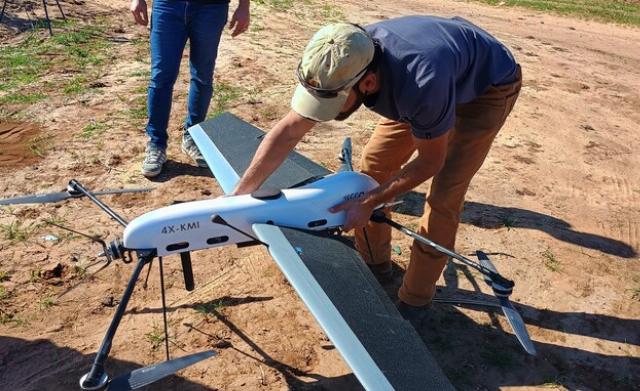
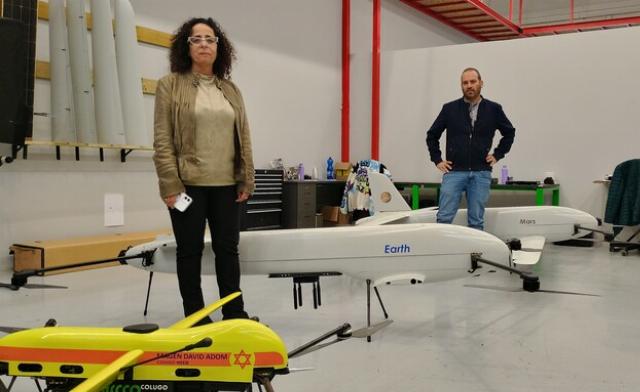
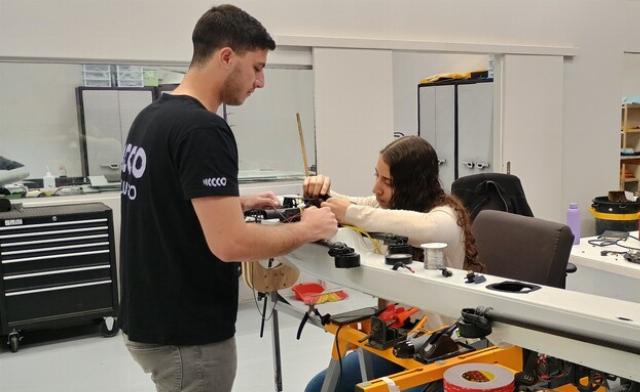
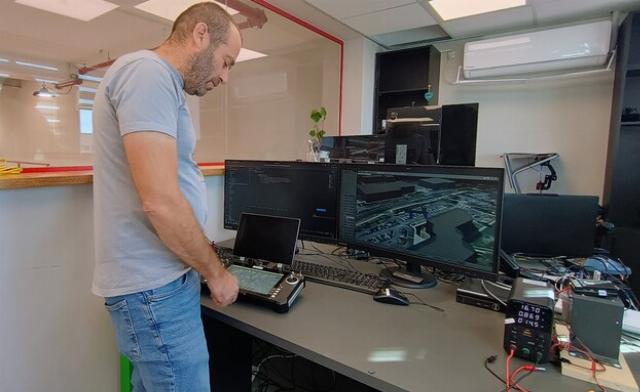
Attis Aviation Company
The next company is Attis Teuf (Attis Aviation), located in Caesarea. She also specializes in VTOL UAVs. The company is at the beginning of its journey, with only 7 employees. The CEO is Mark Colton, and his deputy for technology is Nir Rave. Mark is a mechanical engineer who worked for Elbit in the past, where he studied the topic of UAVs.
The company's product is called ROC. This is a medium-sized UAV with a combined power plant. 4 electric motors are used for take-off, landing and hovering. For flight, a heavy liquid fuel engine (aviation kerosene JP-8 or JET-A1). ROC is designed as a certified aerial platform for flights in civil airspace. Thanks to the selected power plant, with a maximum take-off weight of 150 kg, it can carry 40 kg of payload and stay in the air for 20 hours. Flying at a cruising speed of 50 knots, it can operate at a distance of up to 150 km from the control station (in line-of-sight conditions). In addition to LOS, flights with retransmission or other methods (BLOS - Beyond line-of-sight) are also possible. The ROC functions well even in the absence of GPS.
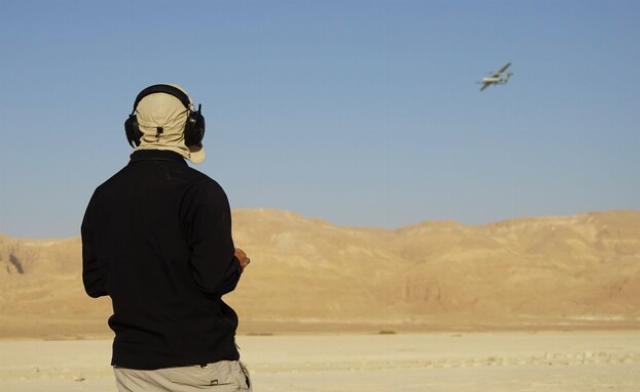
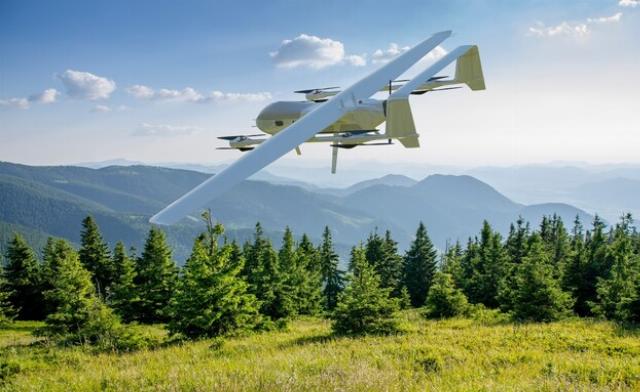
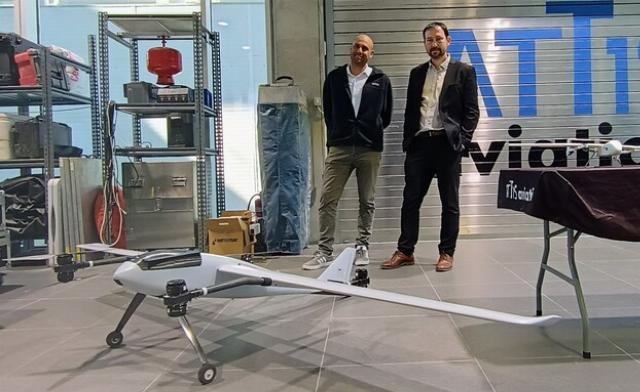
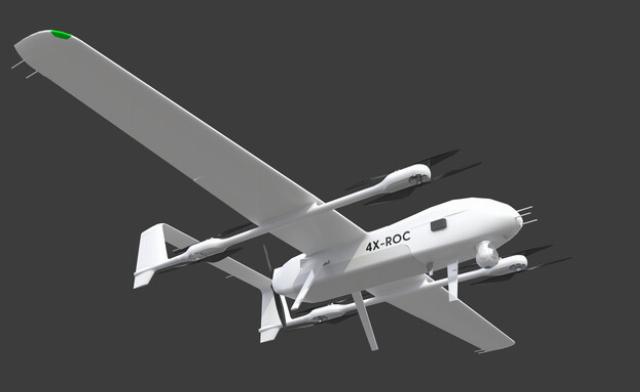
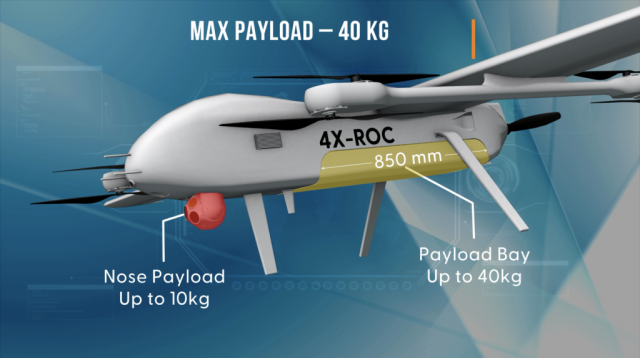
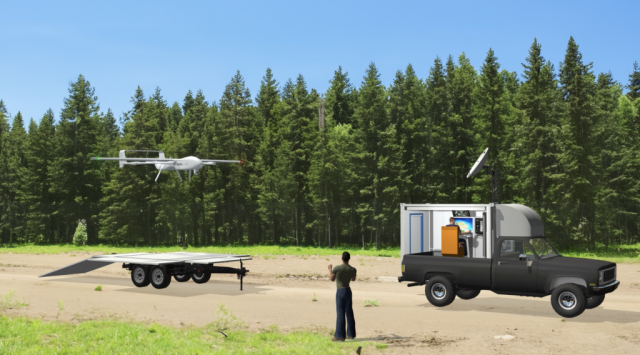
Links:
- Article on mako, 04/03/25 .
- The Evolving Role of Military Unmanned Aerial Systems (UAS), defense-update, 26.06.24 .
- Attis Aviation unveils the "ROC VTOL UAS": A new Multi-Mission Vertical Take-Off and Landing (VTOL) Unmanned Aerial System (UAS) for operation in Civilian & Military Airspace, unmanned-network, 26.06.24 .
